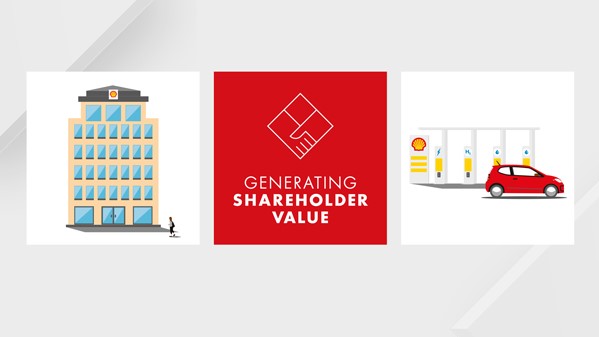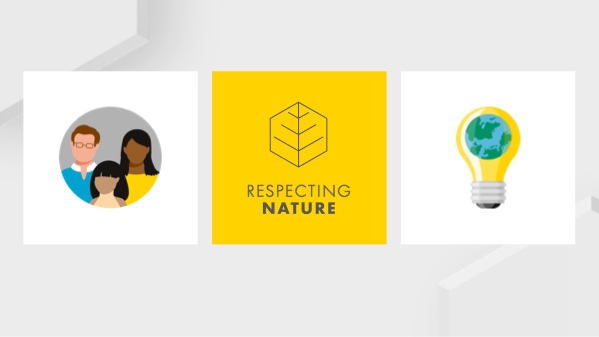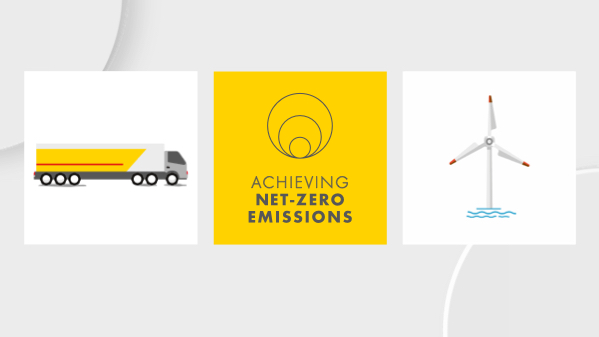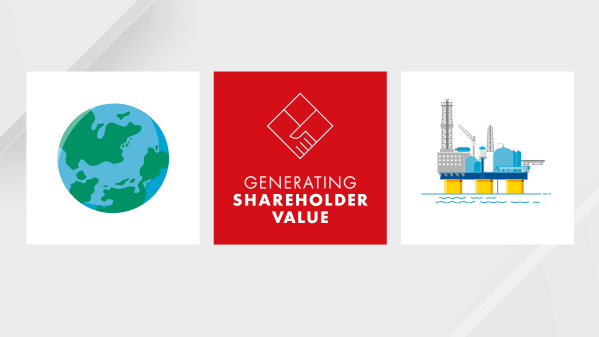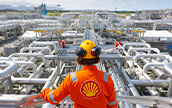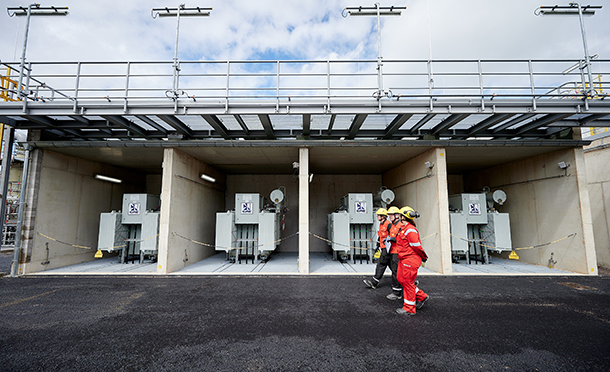Absolute emissions
Reducing our absolute scope 1 and 2 emissions
To achieve net-zero emissions by 2050, we are transforming how we produce energy as we continue to meet growing demand.
In October 2021, we set a new target to halve the emissions from our operations (Scope 1), plus the energy we buy to run them (Scope 2), by 2030 compared with 2016 levels on a net basis.
We have identified six main ways to decarbonise our operations:
- making portfolio changes such as acquisitions and investments in new, low-carbon projects. We are also divesting assets and reducing our production through the natural decline of existing oil and gas fields;
- improving the energy efficiency of our operations;
- transforming our remaining five refineries into low-carbon energy and chemicals parks;
- using more renewable electricity to power our operations;
- developing carbon capture and storage (CCS) for our facilities; and, if required,
- using nature-based solutions to offset any remaining emissions from our operations.
The chart below illustrates our current plans to achieve our Scope 1 and 2 target.
Working to reduce our absolute Scope 1 and 2 emissions
Scope 1 and 2 emissions in million tonnes CO2e annum [A] [B]
[B] Operational control boundary.
Progress in 2021
By the end of 2021, we reduced Scope 1 and 2 emissions under our operational control to 68 million tonnes of CO₂ equivalent, an 18% reduction compared with 2016, our base year. This shows significant progress towards achieving our target of a 50% reduction by 2030.
In 2021, we improved energy efficiency across our assets. For example, we implemented a project to reduce power requirements for gas compression at our QGC natural gas project in Australia. Most of our Scope 1 and 2 emissions came from our Downstream business, in particular from our refining activities. Portfolio changes, such as the sale of the Martinez and Puget Sound refineries in the USA, and the transformation of our Bukom refinery in Singapore into a low-carbon energy and chemicals park, also helped to reduce emissions from our operations. Shell's Annual Report and Accounts provides more details of how we reduced our Scope 1 and 2 emissions.
Scopes 1 & 2 – performance [A]
Methane emissions are included in our Scope 1 and 2 emissions reporting. In 2021, we reduced total methane emissions from our operations by 18% to 55,000 tonnes, compared with 67,000 tonnes in 2020. In 2021, our methane emissions intensity averaged 0.06% for assets with gas available for sale, well within our target to maintain less than 0.2% by 2025.
In 2021, we brought forward our target to eliminate routine gas flaring from our Upstream operations to 2025 from 2030. In 2021, routine flaring from our Upstream operations fell to 0.2 million tonnes of hydrocarbons from 0.3 million tonnes of hydrocarbons in the previous year. Despite this, our overall flaring increased from 0.8 million tonnes of hydrocarbons to 1.0 million tonnes because of non-routine flaring, mainly as a result of operational issues in Nigeria. Shell's Sustainability Report provides more information about flaring.

